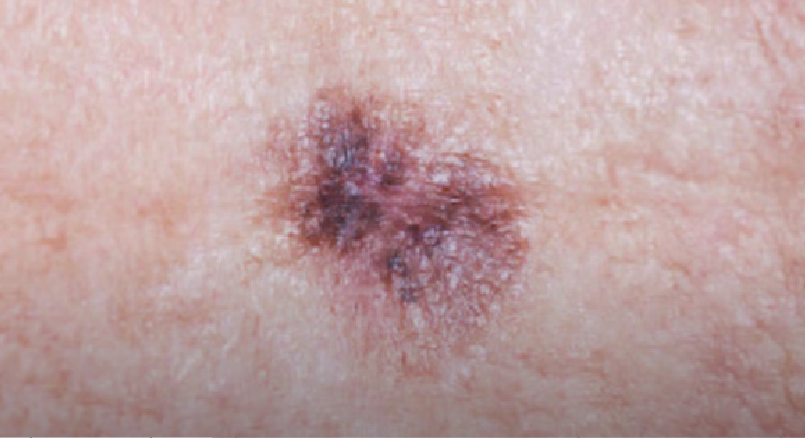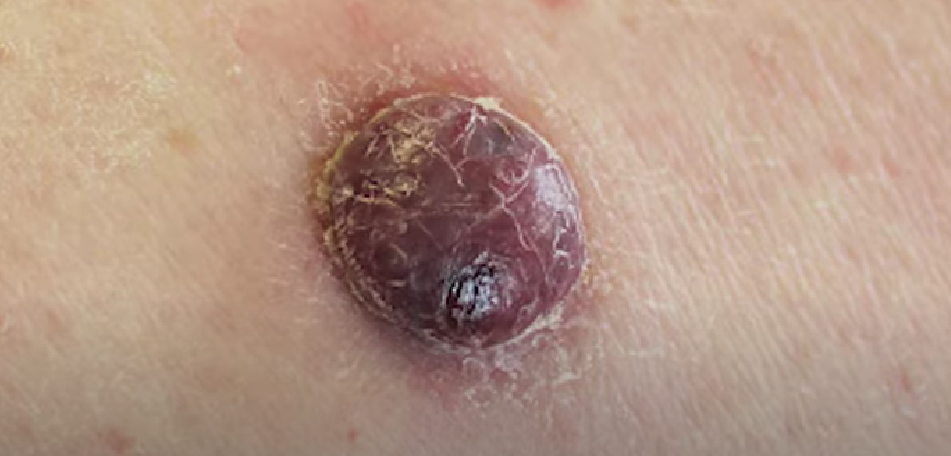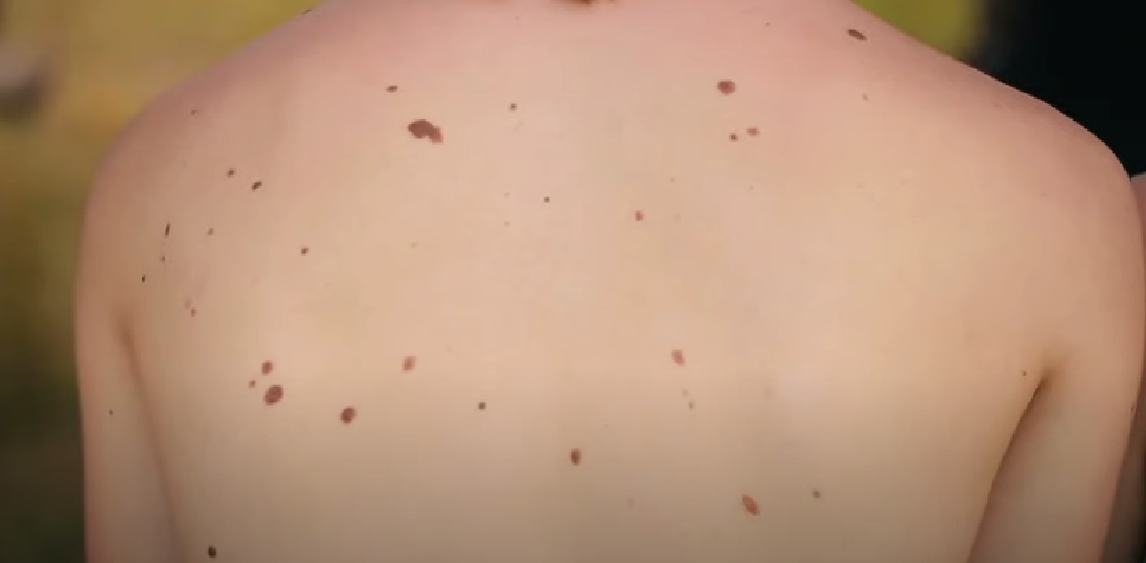Introduction
Squamous Cell Carcinoma (SCC) is one of the most common types of skin cancer, developing in the squamous cells that make up the middle and outer layers of the skin. SCC is generally not life-threatening, but if left untreated, it can grow and spread to other parts of the body, leading to severe complications. Early detection and treatment can result in a positive prognosis, making awareness crucial.
Table of Contents
What is Squamous Cell Carcinoma?
Squamous Cell Carcinoma is a type of cancer that arises in the squamous cells found in the epidermis. These cells are responsible for forming the outer layer of skin, protecting the body from environmental damage. SCC can develop in any area of the body exposed to the sun, including the face, ears, neck, and hands, but it can also occur in areas like the mouth, throat, and lungs.


Symptoms of Squamous Cell Carcinoma
Early detection of SCC can be critical for effective treatment. Here are common signs and symptoms to look out for:
- Rough, Scaly Patches: Persistent, rough patches of skin that do not heal.
- Open Sores: Sores that refuse to heal, bleed, or crust over.
- Firm Red Nodules: Raised lumps or nodules on sun-exposed areas.
- Flat, Scaly Areas: Scaly patches that appear red or brown.
- Wart-like Growths: Raised growths that resemble warts.
Causes and Risk Factors
Several factors can increase the risk of developing Squamous Cell Carcinoma:
- Prolonged Sun Exposure: Chronic exposure to UV rays is the most significant risk factor.
- Tanning Beds: The use of indoor tanning beds is strongly linked to an increased risk of SCC.
- Weakened Immune System: Individuals with weakened immune systems, such as organ transplant recipients, are at higher risk.
- Age: SCC is more common in older individuals due to accumulated sun exposure.
- Fair Skin: Those with fair skin, light hair, and light-colored eyes are at a higher risk.
How is squamous cell carcinoma diagnosed?
Diagnosing SCC begins with a physical examination by a healthcare provider. If they suspect SCC, a biopsy will be performed, where a small tissue sample is removed and examined under a microscope to confirm the presence of cancerous cells. Early diagnosis leads to better treatment outcomes.
Treatment Options for Squamous Cell Carcinoma
Treatment for SCC depends on the stage and location of cancer. Common treatments include:
- Surgical Excision: The cancerous tissue is surgically removed along with some surrounding healthy tissue.
- Curettage and Electrodesiccation: The tumor is scraped away, and the area is treated with electric current to kill remaining cancer cells.
- Cryotherapy: The cancerous tissue is frozen using liquid nitrogen.
- Radiation Therapy: High-energy beams are used to destroy cancer cells in advanced or difficult-to-treat cases.
- Topical Medications: Creams or lotions containing cancer-fighting agents may be applied to treat superficial SCC.
How to Prevent Squamous Cell Carcinoma
Prevention is the best way to reduce your risk of developing SCC. Key preventative measures include:
- Use Sunscreen: Apply broad-spectrum sunscreen with SPF 30 or higher daily, even on cloudy days.
- Avoid Peak Sun Hours: Stay out of the sun between 10 a.m. and 4 p.m., when UV rays are strongest.
- Wear Protective Clothing: Long-sleeved shirts, wide-brimmed hats, and UV-blocking sunglasses can offer additional protection.
- Avoid Tanning Beds: Tanning beds emit harmful UV rays, increasing your risk of SCC.
- Regular Skin Exams: Conduct regular self-exams and visit a dermatologist annually for professional skin screenings.
FAQs
-
Can squamous cell carcinoma spread to other parts of the body?
Yes, although SCC typically grows slowly, it can spread (metastasize) to other parts of the body if not treated early.
-
How is SCC different from Basal Cell Carcinoma (BCC)?
While both are types of skin cancer, SCC forms in the squamous cells, whereas BCC originates in the basal cells. SCC is more likely to spread than BCC.
-
Is squamous cell carcinoma curable?
Yes, SCC is highly treatable, especially when detected early. Most cases are cured with prompt and appropriate treatment.
-
Does SCC only occur on sun-exposed skin?
No, SCC can also occur in areas not typically exposed to the sun, such as the inside of the mouth or genital areas, though it is most common on sun-exposed skin.
-
Who is most at risk for developing SCC?
Individuals with fair skin, older adults, and those with a history of excessive sun exposure or tanning bed use are most at risk.
Related Posts
- Why are living organisms classified? : Biological Classification
- Wildlife Conservation Efforts in India
- Best Time to Visit Kaziranga National Park: Complete Guide
- How to Tell Wild Animals Questions and Answers: A Detailed Guide
- How to Tell Wild Animals Summary: A Fun and Engaging Overview

